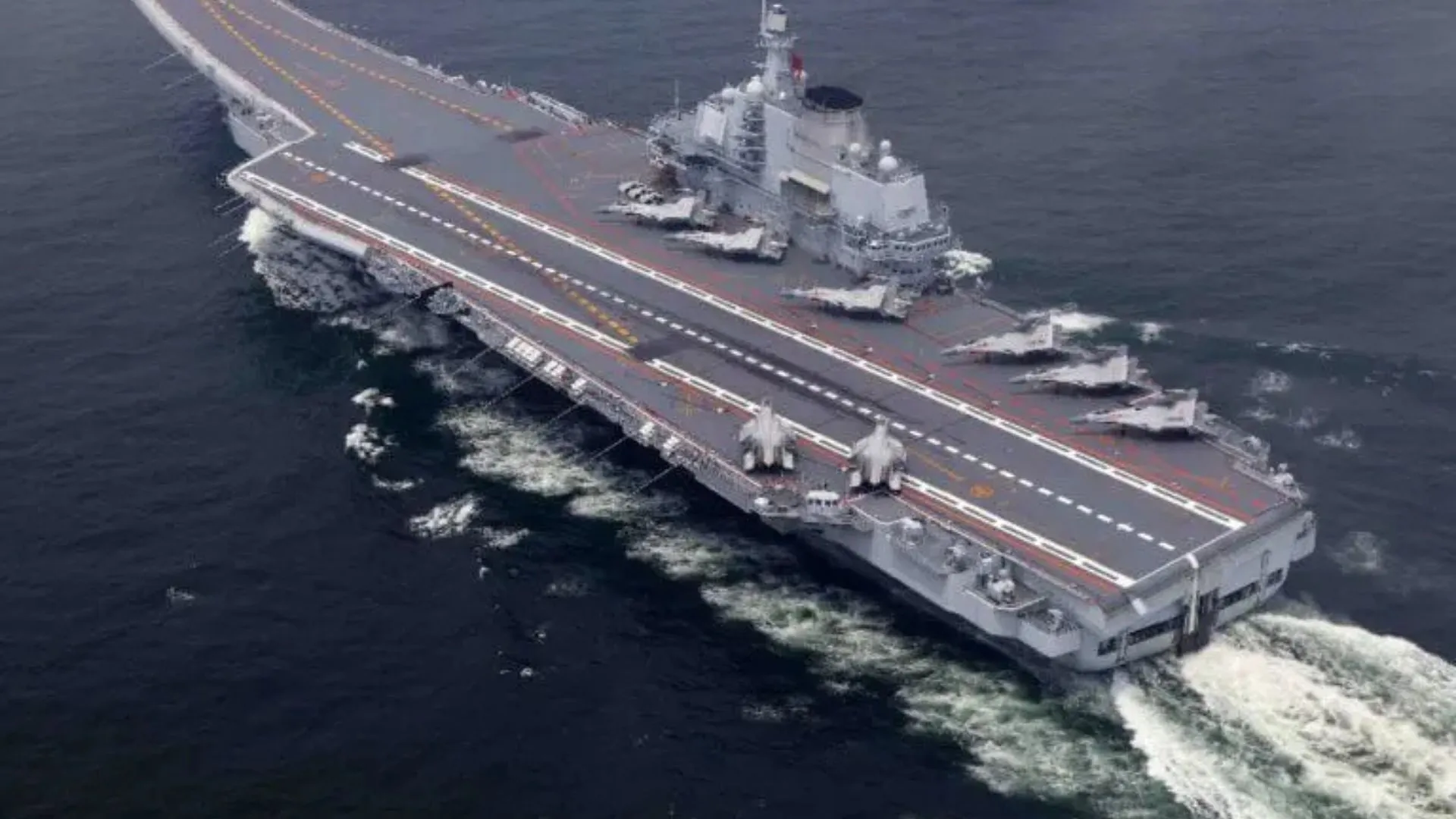China is also hardening arms race, especially with the US, in the Indo-Pacific region. Its speedy military growth has alarmed the US and its regional allies. Recent reports show that Beijing is fiercely increasing its naval and aerial forces, forcing the US’s long-standing dominance in the region into question.
Two of the most significant elements of this expansion are the induction of the high-altitude WZ-9 drone and the building of a nuclear-powered supercarrier. These actions are made in the wake of China’s increasing claim for dominance, specifically, in the South China Sea. Chinese aspirations destabilize the current balance of power. The Washington-based Center for Strategic and International Studies has noted that China is attempting to build a blue-water navy with the capability to project power well beyond its borders.
WZ-9 drone and the future of aerial surveillance
China’s use of the WZ-9 drone is a troubling trend in its campaign to increase aerial reconnaissance and surveillance. The high-altitude unmanned aerial vehicle (UAV) features sensors to identify stealth planes and monitor the movement of enemy forces. Though the US has depended on advanced drone technology to gather intelligence for decades, the advent of the WZ-9 suggests China is attempting to narrow its technology gap.
According to a report by The War Zone, as quoted by the South China Morning Post, the WZ-9 will likely fly alongside the WZ-7, a second high-altitude UAV. Collectively, these UAVs bolster China’s surveillance grid, which may be used to track US and allied aircraft, such as stealth fighters F-22 and F-35. The Pentagon has recognized the increasing threat from China’s expanding surveillance network, which includes AI-based analysis and electronic warfare to disrupt enemy operations.
The deployment of the WZ-9 in the South China Sea is a serious concern for nations such as Japan, Australia and the Philippines. These nations rely on US intelligence-sharing, but China’s expanding drone force could make reconnaissance more difficult in the region.
The European Union is also alarmed at China’s increasingly powerful military. Leaders at Nato have emphasized the importance of keeping a close eye on Beijing’s moves. While China’s expanding navy may disrupt the global balance of power, it would encourage new alliances and security measures to thwart its influence. The Council on Foreign Relations has highlighted that China’s military build-up is not simply about domination in the region but also as a part of the larger game plan to confront Western leadership in the world.
China’s nuclear-powered supercarrier?
China is continuing with big naval developments, concerning the US and its allies. In a report by Matthew Bodner and Keir Simmons of NBC News, satellite imagery studied by the US Naval Institute indicates that Beijing is developing a nuclear-powered supercarrier, provisionally referred to as the Type 004. Should it be completed, this warship would be a major increase in China’s naval capabilities. China’s carriers to date have been conventionally powered, which constrains their range and longevity in comparison with US carriers.
In contrast to its previous carriers, Type 004 will probably utilize an electromagnetic catapult launching system, just like in the US Navy’s Gerald R Ford-class carriers. The system enables quick launching of heavier aircraft, including stealth fighters and drones, that would increase China’s warfare and surveillance capabilities. The Center for a New American Security opined that changing to nuclear-powered propulsion would allow China’s naval forces to remain longer within waters in contention, particularly within the Indo-Pacific region.
This is as the US and her allies increase the naval presence they have in direct response to Chinese increased maritime endeavors. The Pentagon’s yearly review of Chinese military capability has warned that China is rapidly expanding her navy with an ultimate goal to counter US leadership in the Western Pacific. The US aircraft carrier has been integral to American strength for decades, but China seeking nuclear-powered carriers is a reflection of her resolve to compete in a direct fashion.
Impacts on US military strategy
China’s development of advanced drones and a nuclear-powered supercarrier poses a serious threat to the US and its allies. In turn, Washington has been bolstering military alliances through schemes such as Aukus (Australia, the UK and the US) and the Quadrilateral Security Dialogue (Quad). The US has also stepped up the deployment of its own unmanned platforms and next-generation stealth aircraft in order to maintain technological superiority.
One of the greatest worries for US war planners is China’s effort to integrate its aerial and naval progress into one warfare strategy. The WZ-9 drone, combined with the capabilities of the Type 004 supercarrier, might produce a networked warfare system. In response, Washington has ramped up military drills in the Indo-Pacific, prioritizing carrier strike group operations and intelligence-sharing with allies. The US Navy and US Air Force are also spending money on counter-drone technology and electromagnetic warfare to jam Chinese surveillance networks.
Regional and global influence
China’s establishment of next-generation surveillance drones and a nuclear-powered supercarrier is an indicator of its geopolitical aspirations to lead global military trends as it competes with the US. To Washington, the developments mean adapting military strategy, prioritizing unmanned systems, stealth technology and electronic warfare.























